Stack And Zip! How to Brace Your Core
You hear us say this in EVERY class. "Stack and zip your core!" But what does this really mean? A strong core is the foundation of a healthy and functional body. Whether you’re new to fitness or not, understanding the importance of bracing your core during workouts is crucial for maximizing performance, preventing injuries, and achieving your fitness goals.
The Significance of Core Bracing:
.jpg)
Core bracing involves engaging and tightening the muscles in your midsection, including the abdominals, obliques, and lower back. This intentional activation stabilizes the spine and pelvis, providing a solid base for various movements and protecting the spine. This will help with injury prevention, enhance your performance, and aid in functional fitness.
Injury Prevention
1. Protects the spine: a braced core minimizes stress on the spine, reducing the risk of injuries, especially during movements that include heavy lifting or dynamic movements.
2. Supports lower back: Core stability is crucial for preventing lower back pain.
Enhanced Performance
1. Improves power and strength: a stable core allows for more efficient force transfer between the upper and lower body, enhancing your ability to lift heavier weights and perform explosive movements.
2. Better balance and coordination: core bracing enhances overall stability, leading to improved balance and coordination
Functional Fitness
1. Transfers to daily activities: a strong core contributes to better posture and functionality in everyday tasks, promoting a healthier and more active lifestyle outside the gym! For example, you will feel more stable when picking things up, lifting things over head, and doing everyday activities like walking or cleaning.
How To Properly Brace Your Core:
Achieving an effective core brace involves conscious engagement of specific muscle groups. Heres how to brace your core step by step:
1. Identify The Muscles
Focus on the muscles surrounding your midsection including the abdominals, obliques, and lower back. We want to feel them tighten and feel solid within the entire section.
2. Engage The Entire Core - Stack and Zip!

To begin engaging your core, visualize drawing your belly button in toward your spine. Squeeze your glutes to involve the muscles in your lower back and hips. Keep your shoulders down and back and your ribs closed. You should have a straight spine and not experience rounding or arching in your back.
3. Maintain Throughout The Exercise
This will be the challenging part - keeping your core engaged consistently throughout your workout. This will feel unnatural at first, but with practice, it will become second nature!
For a better visual, watch coach Ian demonstrate below!
Bracing your core for a workout should be practiced with every movement you make, especially when lifting to protect your back. Incorporating proper core bracing into your workout routine is a game-changer, as you will be able to improve your over all physical strength.The benefits extend beyond the gym, contributing to overall well-being and functional fitness. Prioritize core stability and you'll find yourself moving stronger, safer, and with greater confidence in every physical activity!
